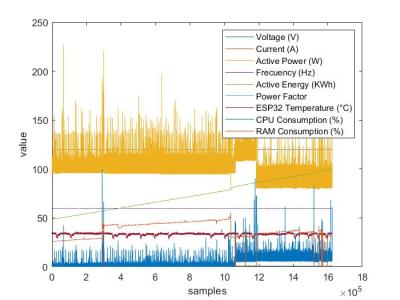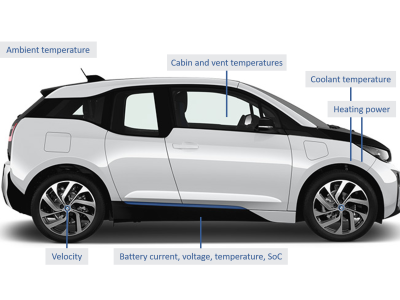Results of 966306 power flow simulations on the standard IEEE 123 Node Test Feeder

- Citation Author(s):
-
Miroslav Blagojevic (The University of Newcastle Australia)
- Submitted by:
- Miroslav Blagojevic
- Last updated:
- DOI:
- 10.21227/xk0e-8q26
- Data Format:
- Research Article Link:
 205 views
205 views
- Categories:
- Keywords:
Abstract
A number of disruptive technologies are expected to impact on future power systems (PS). Electric vehicles (EV), photovoltaic systems (PV), wind turbines (WT), energy storage systems (ESS), vehicle to grid (V2G), and demand response (DR) are seen as those with the most significant potential impact on the PS. Whereas various aspects of the integration of these six technologies into PS are well researched, the technologies are often studied in isolation from each other or in small subsets (e.g. PV and ESS). In addition, the number of different combinations of the technologies penetration rates, considered in studies, is often small. This article presents an integrated analysis of how these six disruptive technologies, implemented as distributed energy resources (DER), impact on steady state technical operating parameters (i.e. voltages, voltage unbalances, peak loads) of distribution PS. The standard IEEE 123 Node Test Feeder is used to represent a typical electrical distribution PS, and is modelled using Matlab/Simulink. Almost a million power flow simulations are performed for various technology penetration rates. The resulting data sets are analysed and results are presented.
Instructions:
o Col 1 hour when LF simulation was performed = 16:00
o Col 2 PV penetration rate
o Col 3 WT penetration rate
o Col 4 EV penetration rate
o Col 5 ESS penetration rate
o Col 6 V2G penetration rate
o Col 7 DR penetration rate
o Col 8 RPLD values
o Col 9-392 Voltages (pu)








